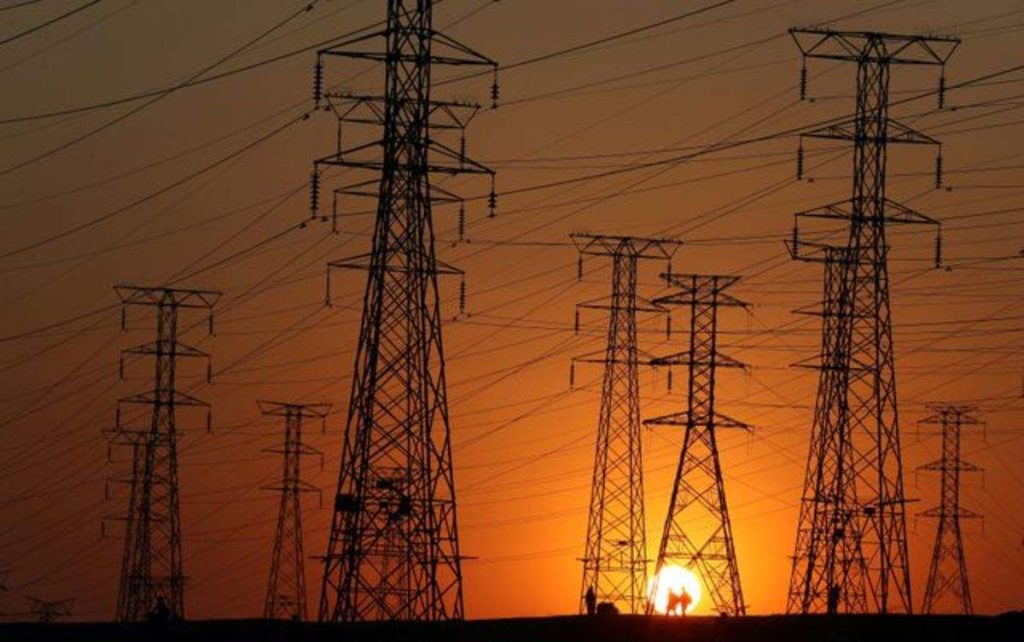
Srinagar- Faced with acute power shortage resulting in frequent and long power cuts, the Jammu and Kashmir administration has started to purchase electricity from Uttar Pradesh to tide over the crisis.
Principal Secretary of Power Development Department (PDD) H Rajesh Prasad told Kashmir Observer on Wednesday that the power crisis in Kashmir is almost over as the department has purchased electricity from Uttar Pradesh government to meet the electricity demand.
“Around 250 MW electricity has been purchased from the UP government on banking bases. We have also taken-up the matter with the central government and the winter allocation quota has been granted,” Prasad said.
He further said that currently the UT has over 1900 MW of electricity and that is almost close to what it was last year. “The situation is normal now, any gaps will be addressed in the coming days,” he added.
The administration’s move to buy electricity comes at a time when strong resentment is brewing over the frequent power cuts since last week.
Complaints have been pouring in from the rural and urban areas of the Valley that the PDD has failed to provide adequate electricity amid the dip in temperature. The situation is equally bad for both metered as well as the unmetered areas.
“The unscheduled power cuts are taking a toll on students, patients and the business community,” said Hilal Ahmad, a resident of Shalteng in the city outskirts.
“Even if we clear the electricity bills timely, we don’t get the adequate power supply,” he added.
Notably, the valley is witnessing power outages amid the prolonged dry season with officials maintaining that the situation might go bad to worse.
“Due to the prolonged dry season, the water bodies are dry and we are unable to generate adequate power supply,” said an official from Kashmir Power Development Corporation Limited (KPDCL).
He said the supply from the northern grid is also low and the demand is high in the Union Territory.
“Currently the demand is 1600 Megawatts in the Valley but we are able to produce 1000 MW only. If the situation remains the same, this winter will be very difficult,” he said.
Pertinent to mention that the Valley is experiencing dry weather and above normal temperatures for eight weeks and has adversely affected horticulture and agriculture sector production, particularly apple.
The ongoing dry weather has also led to a fall in the water level of Jhelum and other water bodies. The water volume in the water bodies of the valley has dropped around 75% than normal, according to reports.
A Junior Engineer from the KPDCL told Kashmir Observer that the Jammu and Kashmir has the potential to generate around 20,000 megawatts of hydel power but generates only around 1200 megawatts.
“But in winters the UT is able to generate only 300 MW of electricity against the demand of over 1800 MW’s,” he said.
The officials blame rainfall deficit and the melting of glaciers as the reason for less generation of electricity.
“Since there was less rainfall and the glaciers melt very fast in summers only, we are unable to generate the power” he added.
Another KPDCL official informed Kashmir Observer that they require water from the Jhelum and its tributaries for electricity generation. However, the water levels in these sources are currently low, hampering their ability to produce electricity.
“In such circumstances, we are compelled to resort to power cuts. During the daytime, we wait for water to accumulate and then activate the turbine during peak hours,” the official said, requesting anonymity, citing a lack of authorization to speak to the media.
Furthermore, the official explained that during the summer months, when water flow is ample, they can generate a significant amount of electricity without needing to employ this process.
Follow this link to join our WhatsApp group: Join Now
Be Part of Quality Journalism |
Quality journalism takes a lot of time, money and hard work to produce and despite all the hardships we still do it. Our reporters and editors are working overtime in Kashmir and beyond to cover what you care about, break big stories, and expose injustices that can change lives. Today more people are reading Kashmir Observer than ever, but only a handful are paying while advertising revenues are falling fast. |
| ACT NOW |
| MONTHLY | Rs 100 | |
| YEARLY | Rs 1000 | |
| LIFETIME | Rs 10000 | |











